What Can Speed Up or Slow Hip Replacement Healing
The timeline for healing after hip replacement surgery varies from person to person. Most people are performing light duties within 3 to 6 weeks, but there is no guarantee you’ll meet this goal. How quickly you regain your independence depends on several factors, including how well you follow your medical team’s advice. Learning what speeds up and slows down your recovery ensures you make the right choices once you’re back home.
In most cases, you’ll begin outpatient or inpatient rehabilitation soon after discharge from the hospital. Your rehab will include restorative therapies like physical therapy and occupational therapy. The first option increases strength, balance, and flexibility, while the latter teaches modified ways of performing daily tasks. Your therapists will also discuss what to do and avoid during recovery.
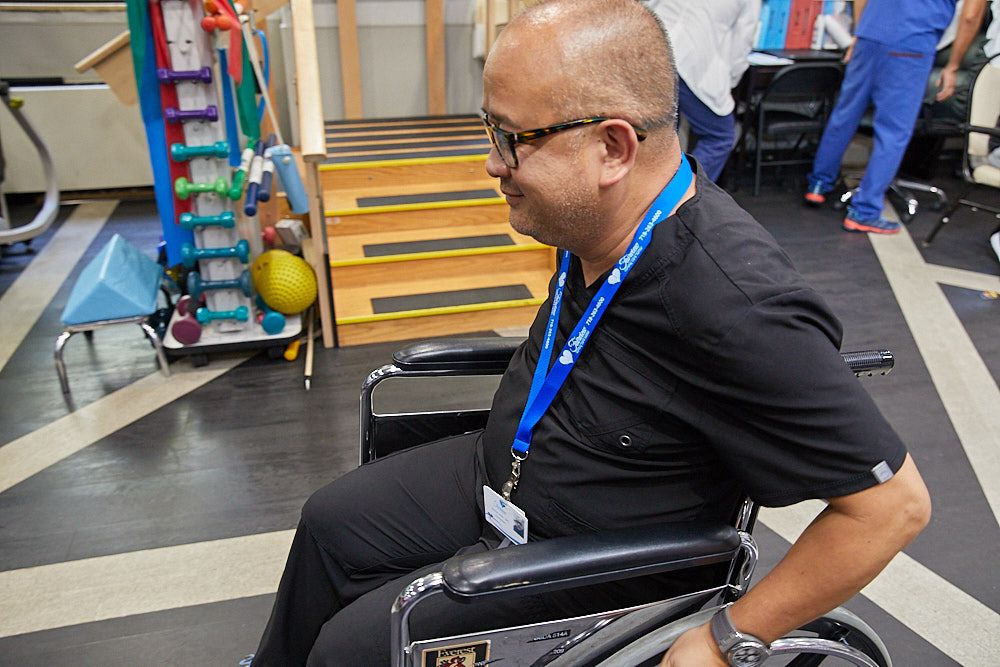
What Speeds Up Hip Replacement Healing?
After hip surgery, you likely want to get back to your usual routine as soon as possible. Several procedures are required, including proper wound care and making safe adjustments to your home to accommodate your limitations.
Despite these necessary strategies, the most common way to improve your results includes light movement. In fact, studies have shown walking on the day of surgery improves healing and recovery after hip replacement. Experts noted no additional pain or reduced hip function during these short 10-15m walks. Increasing the distance each day, while monitoring for pain or discomfort, is also recommended.
Gentle exercises are also part of the recovery program. These movements promote circulation to the hip joint and the rest of the body, preventing blood clots. Exercising strengthens the muscles around the hip and improves flexibility for a wider range of motion.
Your physical therapist will guide you through the best exercises to match your current limitations. They’ll teach you to do each one properly and detail the length and frequency of your sessions. Your therapist will also determine the timeline for new, advanced movements to help you reach your goal.
A healthy diet is also vital for faster healing recovery after a hip replacement. Eating right gives you the energy you need to reduce fatigue and keep you moving. Foods rich in iron, calcium, protein, fiber, and vitamin C repair damage, rebuild tissue, and increase energy levels.
What can slow the recovery?
Like any type of surgery, risks or complications could occur, slowing your recovery. These may include infections, blood clots, or bone fractures around your new hip. Loosening or dislocation of the prosthesis is also possible and may require further surgery. Stiffness in the joint is another common issue, though this may be remedied with exercise.
Ignoring your body can also slow your healing after hip replacement surgery. For instance, if you notice persistent discomfort or pain, it’s best not to push through and hope for the best. Pain could be a sign of damage, so speak to your physical therapist or doctor about the issue.
Though you may be tempted to take it easy after surgery, too much inactivity reduces your recovery speed. A lack of exercise weakens your muscles and decreases mobility. Listen to your medical team’s advice for the best results.
This article contains informational and educational materials and does not replace health or medical advice. For questions or concerns regarding your medical condition or health objectives, speak to a qualified physician or healthcare provider.
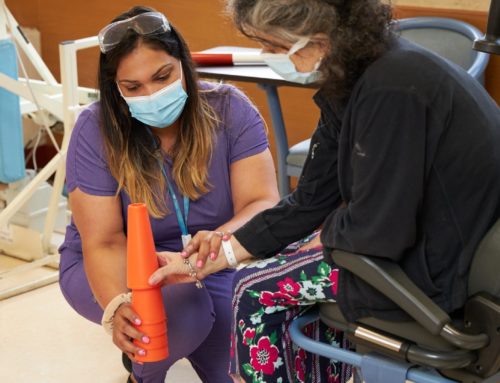


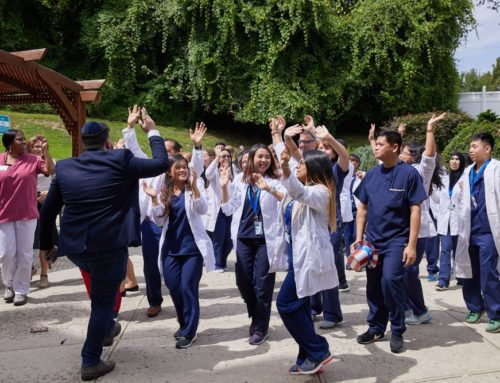
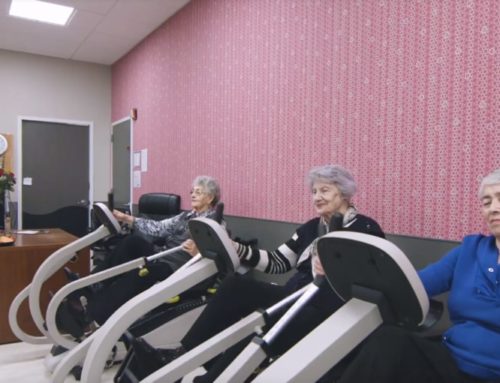
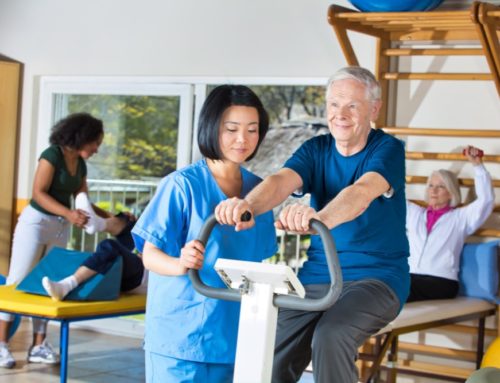
Leave A Comment